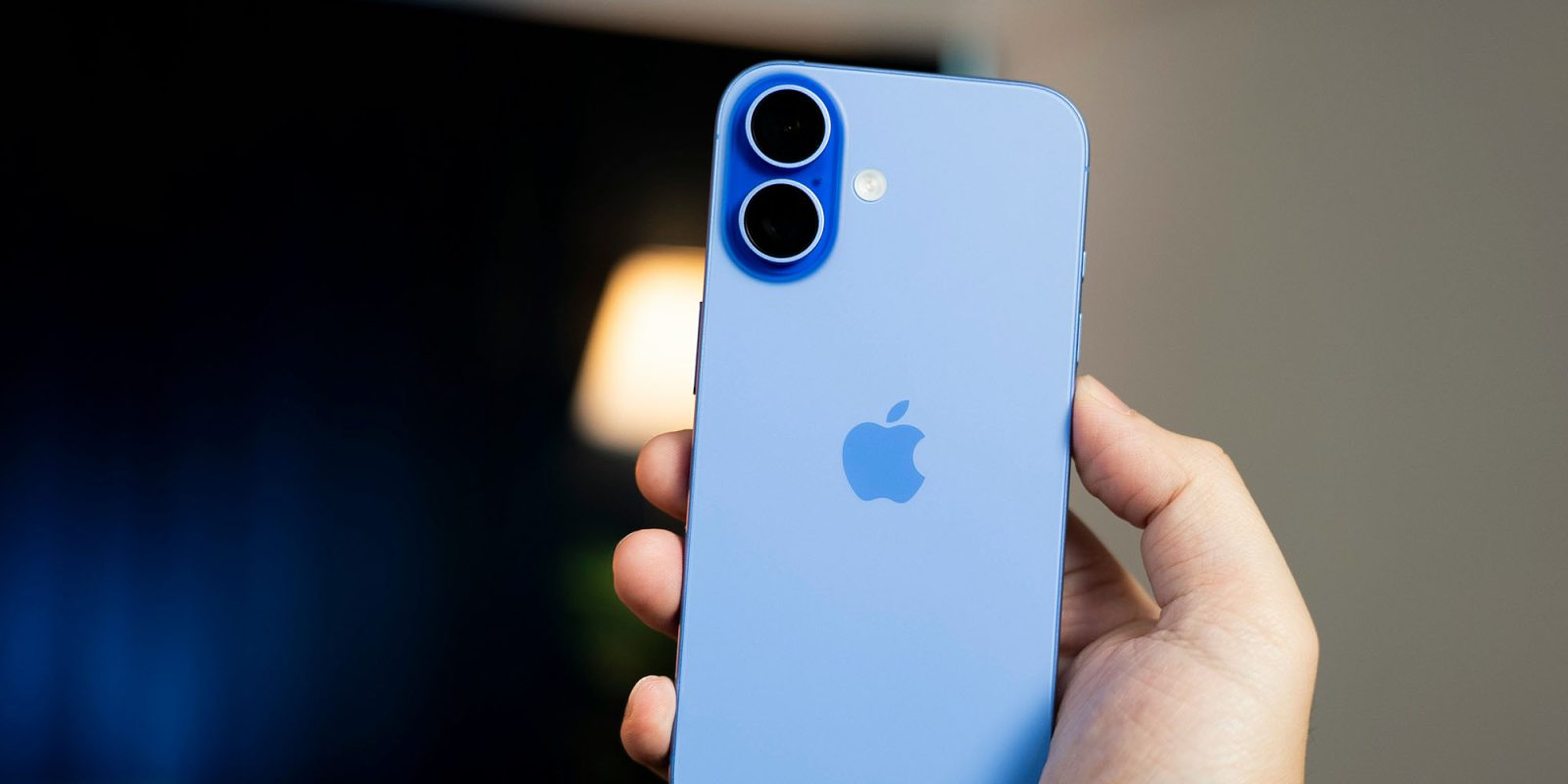Roblox Implements Video Selfie Age Verification for Young Users
Roblox, a leading platform in the online gaming community, has introduced a new age verification process requiring users as young as nine to submit a video selfie. This initiative aims to enhance child safety by accurately determining users’ ages and restricting interactions between adults and minors.
Background on Roblox’s Age Verification Measures
In response to growing concerns about child safety, Roblox announced plans to implement age verification measures. The company stated that by combining facial age estimation technology, ID verification, and parental consent, they could more accurately determine a user’s age than relying solely on self-reported information. This approach is designed to limit communication between adults and minors unless they have a real-world connection.
Implementation and Global Rollout
The updated policy is initially being enforced in Australia, New Zealand, and the Netherlands, with plans to expand globally by early next year. After verifying or estimating a user’s age, Roblox assigns them to one of six age groups, ranging from 9 years and younger to 21 years and older. This system restricts teens and children from connecting with users outside their estimated age group in in-game chats.
Debate Over Age Verification Responsibility
The introduction of such measures by individual app developers has sparked a broader debate about who should be responsible for age verification. Some argue that platforms like Apple and Google, which control app distribution, are better positioned to handle age verification processes. This perspective suggests that centralizing age verification could enhance privacy and streamline the user experience by reducing the need for multiple verifications across different apps.
Privacy Concerns and User Experience
Requiring users to submit personal information, such as video selfies or government-issued IDs, to multiple app developers raises significant privacy concerns. Centralizing age verification through app stores could mitigate these risks by limiting the number of entities handling sensitive data. Additionally, a single verification process would improve the user experience by eliminating the need for repeated submissions across various platforms.
Industry Perspectives
Meta CEO Mark Zuckerberg has advocated for app stores to take on the responsibility of age verification, arguing that they are in a better position to implement such measures effectively. Similarly, the parent company of Tinder, Match Group, has expressed that age verification should be managed by app stores to ensure consistency and reliability.
Legislative Developments
Several U.S. states are considering legislation that would make app store operators like Apple and Google responsible for age verification before granting access to age-restricted apps. This shift aims to create a safer digital environment for minors by standardizing age verification processes at the app store level.
Conclusion
Roblox’s implementation of video selfie age verification underscores the growing emphasis on child safety in online platforms. However, it also highlights the ongoing debate about the most effective and privacy-conscious methods for age verification, with many advocating for a centralized approach managed by app store operators.



